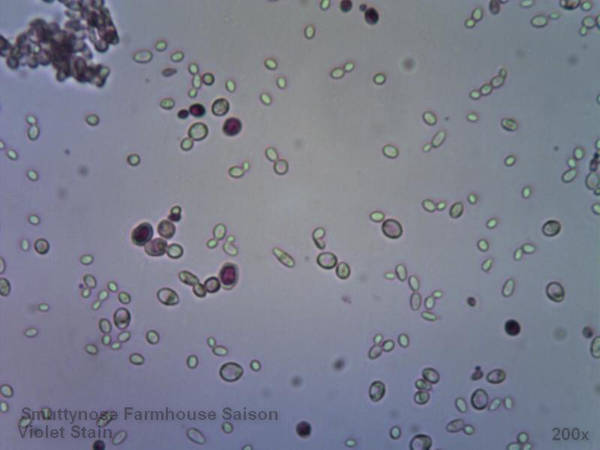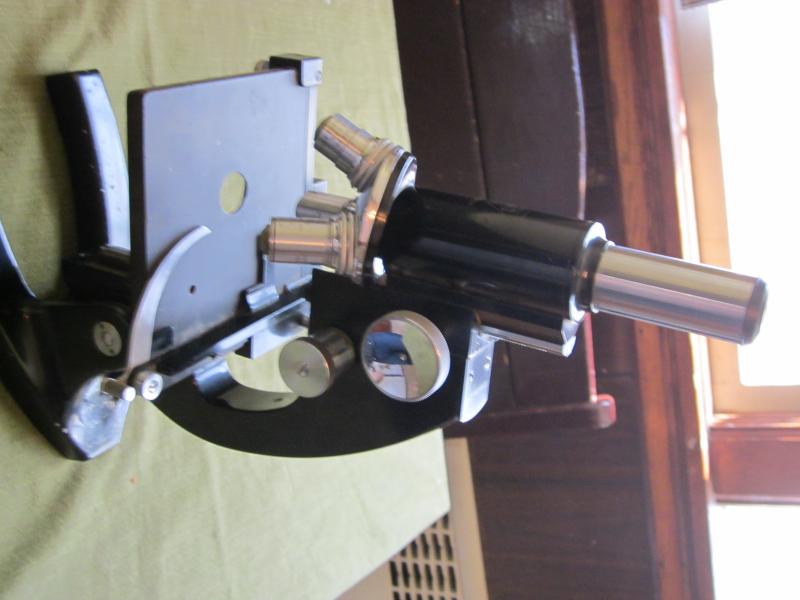That paper considers the ester development of the finished beer, not yeast viability. Still seems like an interesting test.
Recommended addition is 1mg olive oil per 25B cells. For a smack pack that's 4 mg of olive oil. How does one measure that? I'd probably go to 1 gram.
Doesn't olive oil float? Does it need to get boiled with the starter wort?
Yea you'd need a micro-liter pipette. The oil would float but between a stir plate and natural yeast currents, it should be readily available to them. I don't know about the boiling part -- I assume olive oil is fairly clean since it's stored at room temp and it doesn't spoil.
Most people who use EVOO (props to Miss Ray
 ) use a drop off of a fine needle since it's such a small amount.
) use a drop off of a fine needle since it's such a small amount. The reason I ask is the research done by New Belgium related to it. They apparently stopped using it due to shelf life issues but my beers don't last that long anyways. I was debating an aeration setup when I came across the EVOO research and I was intrigued but I felt the research was lacking in terms of yeast propagation. If it greatly improves yeast growth, it would be a great addition to making starters.





































![Craft A Brew - Safale S-04 Dry Yeast - Fermentis - English Ale Dry Yeast - For English and American Ales and Hard Apple Ciders - Ingredients for Home Brewing - Beer Making Supplies - [1 Pack]](https://m.media-amazon.com/images/I/41fVGNh6JfL._SL500_.jpg)














